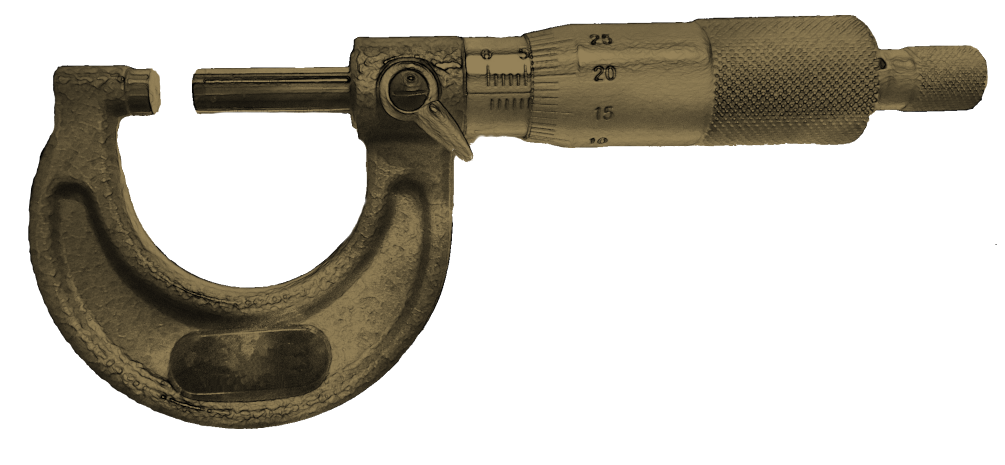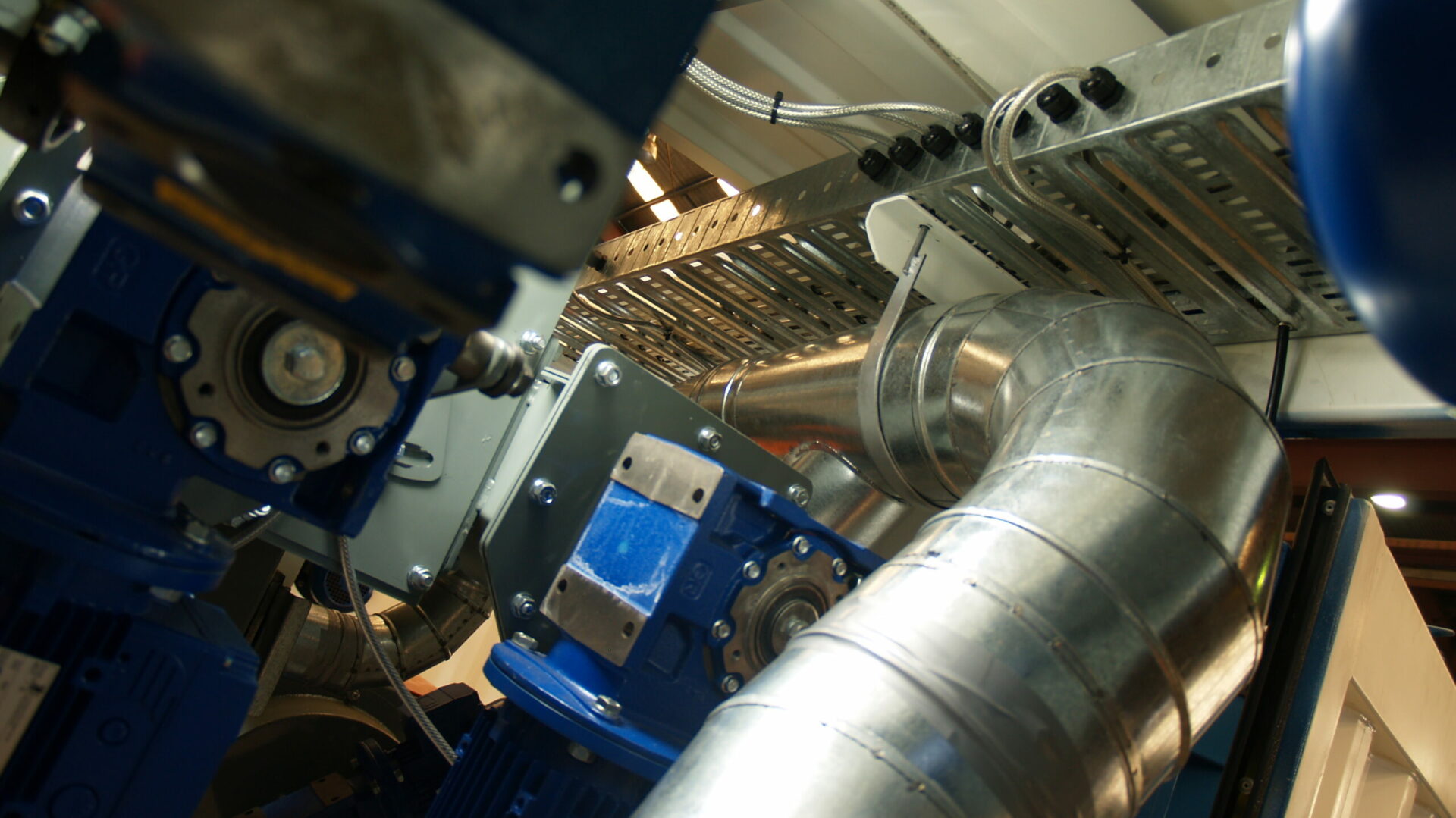Interesting reading
I’ve banked up quite a few articles of just my thoughts at this point. Now here’s a few places to go to hear some other’ people’s’s thoughts.
George’s basement microstructures course
Most of what I leaned in mechanics of materials at university was centred on plain, low-alloy carbon steel so it was super interesting to learn about non-ferrous alloys and also what some of the more obscure steel alloys look and behave like as well as what goes wrong when they are mistreated. It’s also the only place I’ve found that has a halfway decent explanation of what Manganese steel / Hadfield steel is and how it work hardens.
Michael Patkin’s Check-List for Handle Design
Originally written with medical devices in mind, this is a really great article to read to learn about ergonomics in general. Except the part about 100kg being described as the weight of “a fat man.” I feel attacked! While the subject matter is serious, my favourite thing about this piece is the author’s dry and brilliant humor, using phrases like “Tiny carrying recess on office equipment designed for steel-fingered pixies.” Sadly, it seems that the website has been updated to use much less fun wording but you can (and should) read the original here.
The case of the 500-mile email by Trey Harris
A fascinating story about a technical support phone call from a university chairman of the statistics who was having an issue that only occurred when he tried to send an email more than 500 miles. A well written story with a great technical punchline.
The Yarchive
I stumbled upon this weird website many years ago while searching for information about how fuel injectors work. It’s an extremely eclectic collection of discussion articles saved from Usenet, mostly from the early 90’s. You could easily spend a few days there and not get bored so be careful.
For example, in the metalworking page, there’s this article about proper use of a reamer and a few cuationary tales (some funny, some horrifying) of safety incidents in workshops from Dave Baker. On the nuclear page, there’s information on radiation hormesis and a cute story about ambulatory Krypton. There’s a whole page on Air conditioning. It should be boring but it’s facinating. Check out this page where George Goble discusses r406a, a refrigerant that he devised as a drop-in replacement for r12 that performs much better than r134a.
The Yarchive itself was collated by Norman Yarvin who also maintains a blog. It is as eclectic as his archive.
The brilliance of Quake’s fast inverse square root algorithm
There’s an urban legend that John Carmack wrote this algorithm to make Quake 3’s ray tracing operate fast enough however the history of the algorithm is a bit more complicated than that and an interesting read in itself, too. The algorithm is a good example of a programmer that was able to deftly climb up and down the ladder of abstraction, combining ideas on very different rungs together to make a mind bogglingly fast and accurate result.
NASA’s fastener design manual
NASA have a lot of technical documents available for perusal but this is one of the most down-to-earth and useful examples. In it, you’ll find discussion about locking mechanisms (lock washers are swiftly dismissed), bolt shear and pullout, torque calculation with cautions about coefficients of friction, the mechanism for hydrogen embrittlement and much more. All explained conversationally in clear, basic language.
FUNdaMENTALS of Design
A huge amount of general design information crammed into 13 booklets/presentations with a terrible name hosted on the website for the MIT medical device design course. These booklets seem to be intended to be accompanied by lecture material so they are quite dense and tersely written. The advantage of this, though is each page covers at least a week’s worth of tuition. They are a very expansive set of documents and well worth a read.
Maryland Metrics
This website, back in the day was the gold standard for data on threads and fasteners. When I was working at Rocket Lab, I could stand up from my desk and look around at any time and there was about a one in ten chance that I’d see a familiar yellow table on someone’s second screen. Sadly, Maryland Metrics went out of business a long time ago, presumably because of low sales and record high server costs as it seems the whole world was using their charts to design bolted joints and then buying the fasteners from their local supplier. Maybe they should have just stopped selling fasteners and monetised their website instead. Anyway, you can still get the charts in pdf form if you Google it, lots of people have uploaded backups.
Parker’s o ring handbook
Everything you needed to know about O rings. There’s also this imperial version that contains a few extra tidbits such as triangular o-ring grooves. Finally they have a nice online calculator that is good for sizing your grooves once you understand and know that you’re doing.
Roymech
In a couple of previous posts, I’ve eluded to my tendency to collect useful data and put it into an Excel spreadsheet to make further use of later. I call it the Mentaculus. Well, about a decade before I started doing this, Roy Beardmore was doing the same thing except he uploaded it to the internet. Roy passed away in 2013 but his website lives on. They say that every person dies twice. The first time is your physical death and the second is when someone says your name for the last time. Roy will go on living for a long time yet, I think.
Dan Gelbart’s prototyping video series
If something is 100% functional, it is always beautiful. There is no such thing as an ugly nail or an ugly hammer, but there’s lots of ugly cars, because not everything in a car is functional. Sometimes it’s very beautiful, if the person who designed it has very good taste, but sometimes it’s ugly.
Dan Gelbart’s highly utilitarian design philosophy really resonated with my colleagues and I back when I was working for Rocket Lab. We had a photograph of him on our wall. His YouTube series on making prototypes is a wealth of handy information on getting things made quickly and cheaply. But it’s more than that. There’s something special about the way he makes things. He has an amazing ability to use fundamental understanding of a principal and some lateral thinking to come up with strange and unique solutions to problems. For example, his use of granite and aerostatic bearings in his lathe and his brilliant laser centre finding tool. that it would be engineering heresy if it weren’t clearly so effective.

